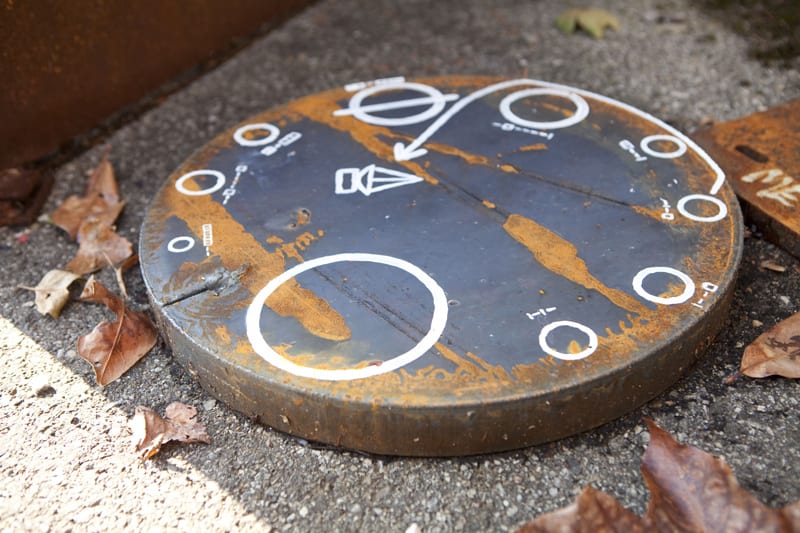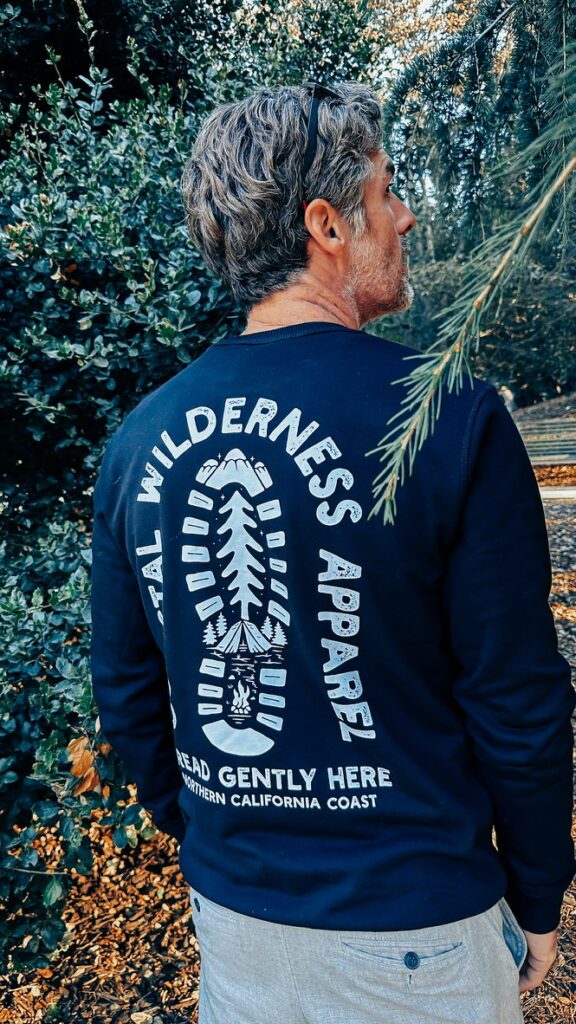Design without content is not design. That’s right I said it. It’s an unfortunate harsh truth but true nonetheless. Over the years I’ve seen countless projects come by my desk asking for a site designed using oranges or a certain typeface. I’m not alone in this. But rarely do we see a request to organize and evaluate content before we push pixels around our screens. However, it is our job to turn this into the norm.
As user experience designers, we must remember that content is the driving force behind why people use the web. We spend a lot of time thinking about the visual display that we forget that the content is what we really want. Recently, I had a project come in and we were told the business goals of the site. They were the usual types of stuff like increase awareness and get more donations. But when we came back with our emotional focused design, they argued that the site was lost on them. One thing I should mention is that we gathered the content after the initial design was created. I can hear the grind of teeth and swears about this approach from here. Before you send a mob after me, I will tell you that we used the content from their existing site as our base for the content as we assumed it contained everything we would need. This was also the direction given by the client. However the content changed significantly between the initial undertaking and the final design. In our final presentation of the beta site, we discovered they hated most of the visual cues we had created and how we dealt with their now revised content. So where do we stand. Well now we are looking at new business objectives and messaging which has us working towards a new structure. If we had nailed down the content or at least the context of content before getting to the initial design we would have been better off.
Since the content changed throughout the course of the project, we found that we were fighting with our design to make it all fit properly. If we had taken a content first approach then we wouldn’t have needed to deal with this problem. By forcing the content into our design, we corrupted the messaging of our visual cues. They became crutches to our design rather than enhancements.
I know trying to nail content at the beginning of a project can be difficult. But part of our user experience is knowing how a user is viewing the content and why. Jumping immediately into specifics like what technologies, fonts and colors to use pushes us away from the true tasks that need our attention. To put it bluntly, get the content before you start the wireframes. Even if it is rough and unpolished, it’s still better than trying to structure a page with Lorem Ispum and stock photography. Having a starting point for content will help keep clients focused. In fact, it will help you create simple navigation systems that build better user flows because you will gain a greater understanding of the path that users must take to move their way through the content.
It is our responsibility to push back on clients a bit to help them see why having the content upfront will help them in the end. This should be a conversation every one of us should be having with our clients. If we don’t then we aren’t accomplishing true design. We are just making things ugly by trying to make things pretty. Content can be a beautiful thing. Without it we have no design.


